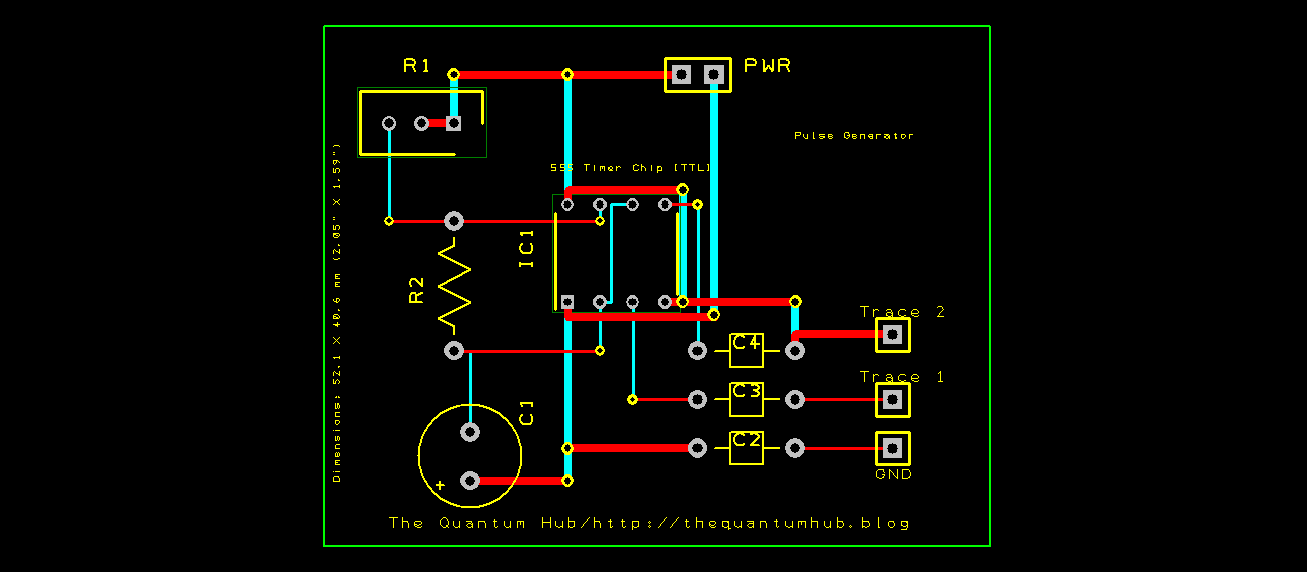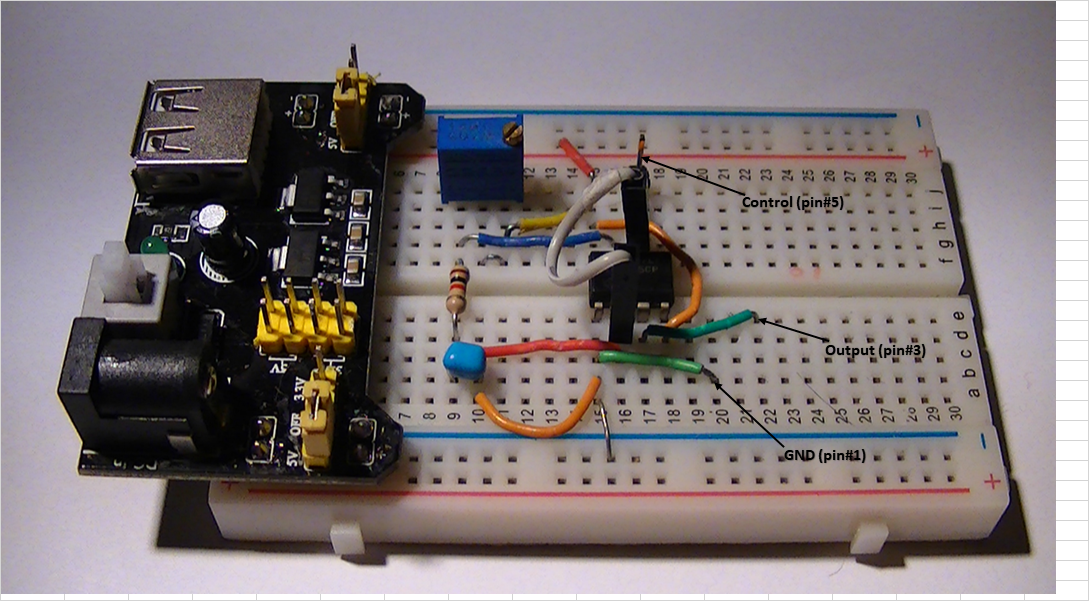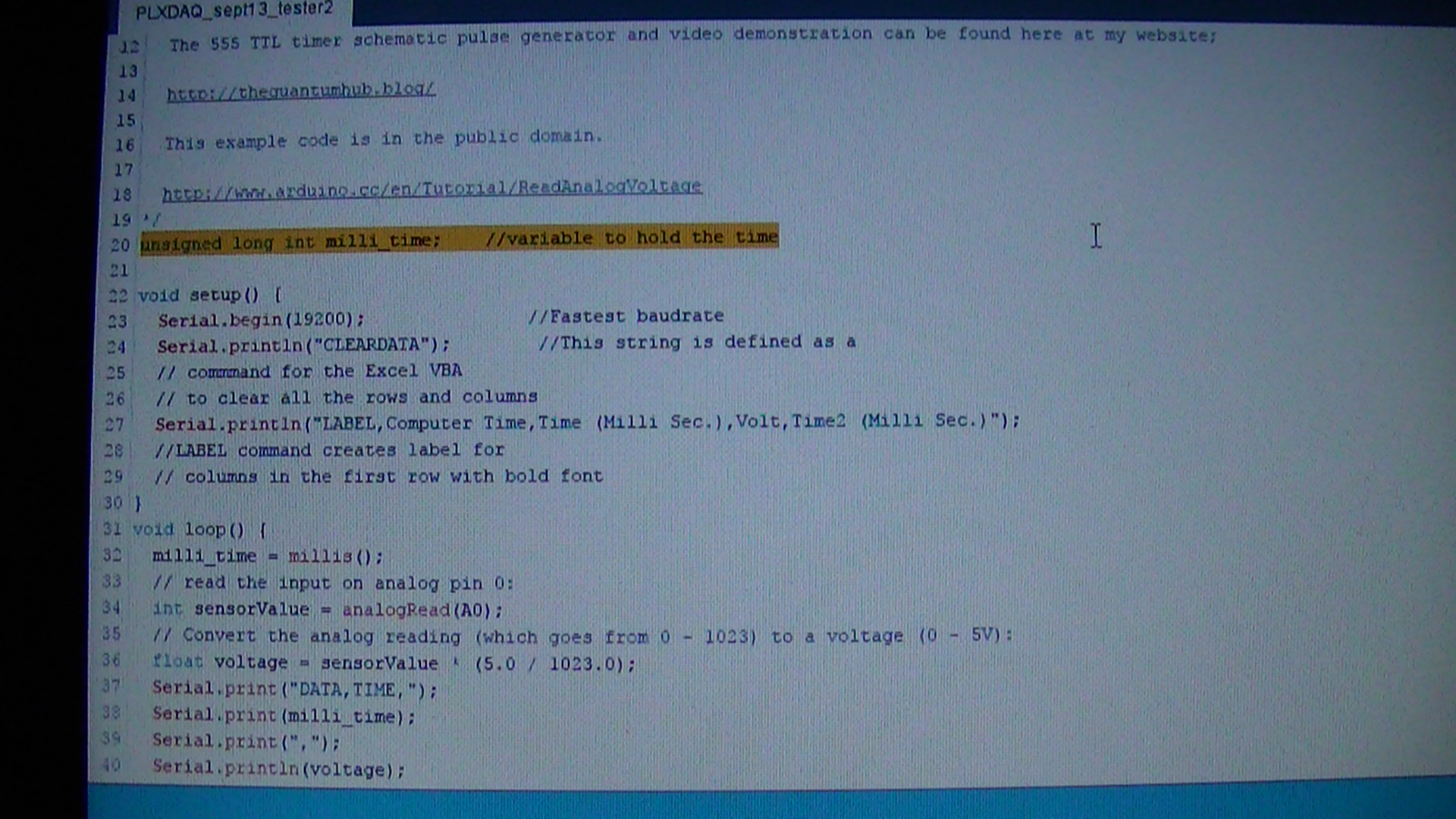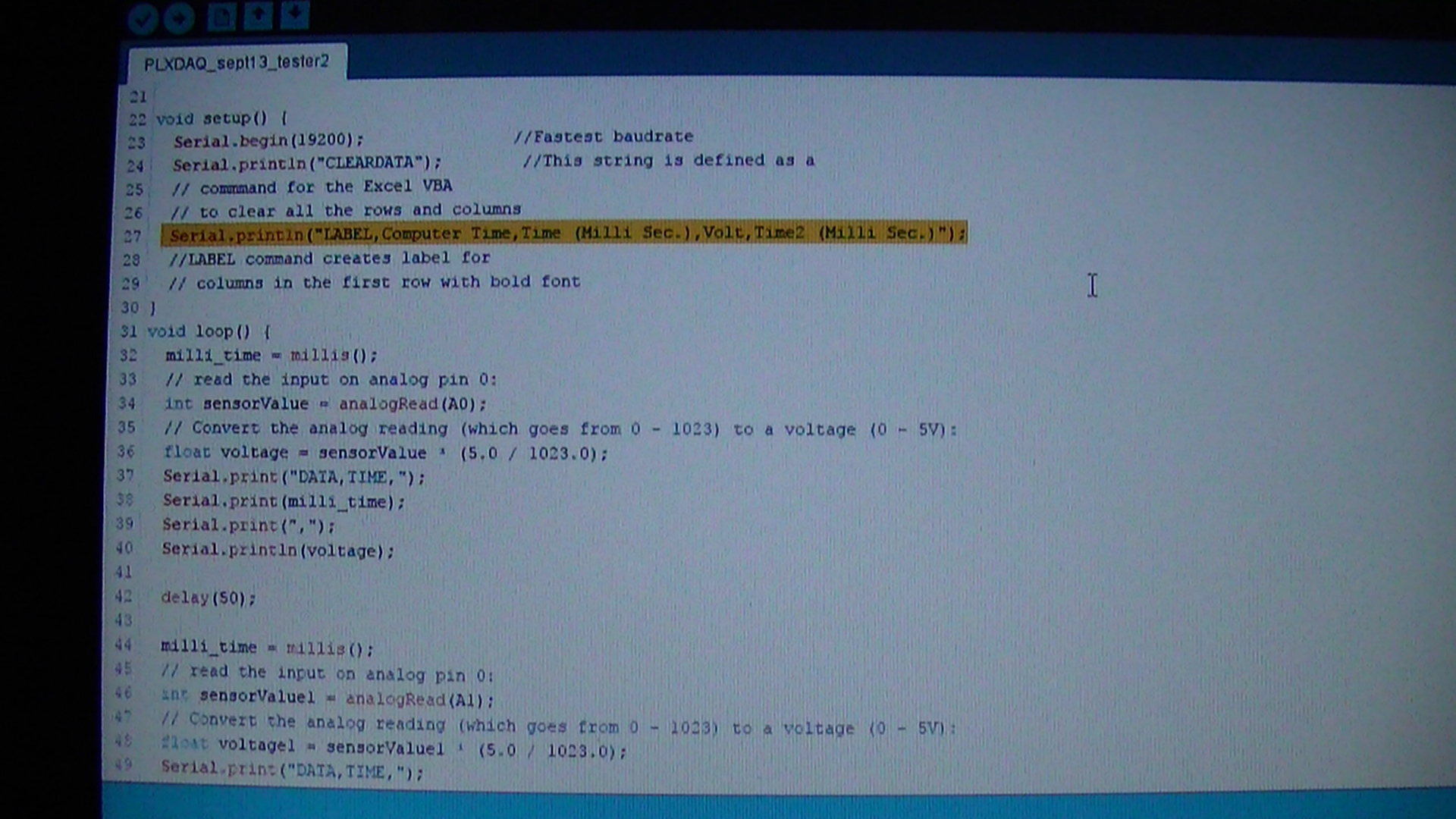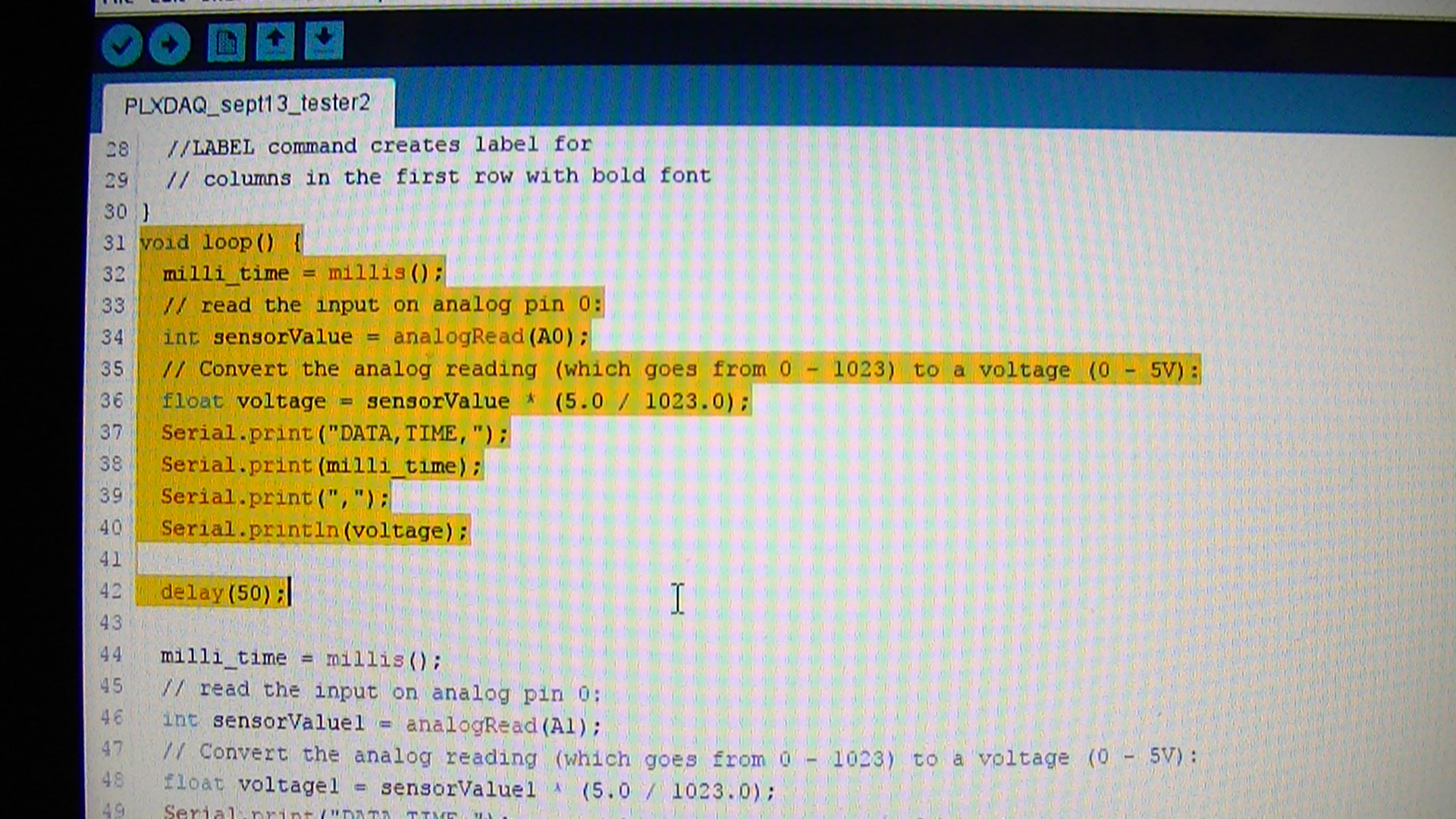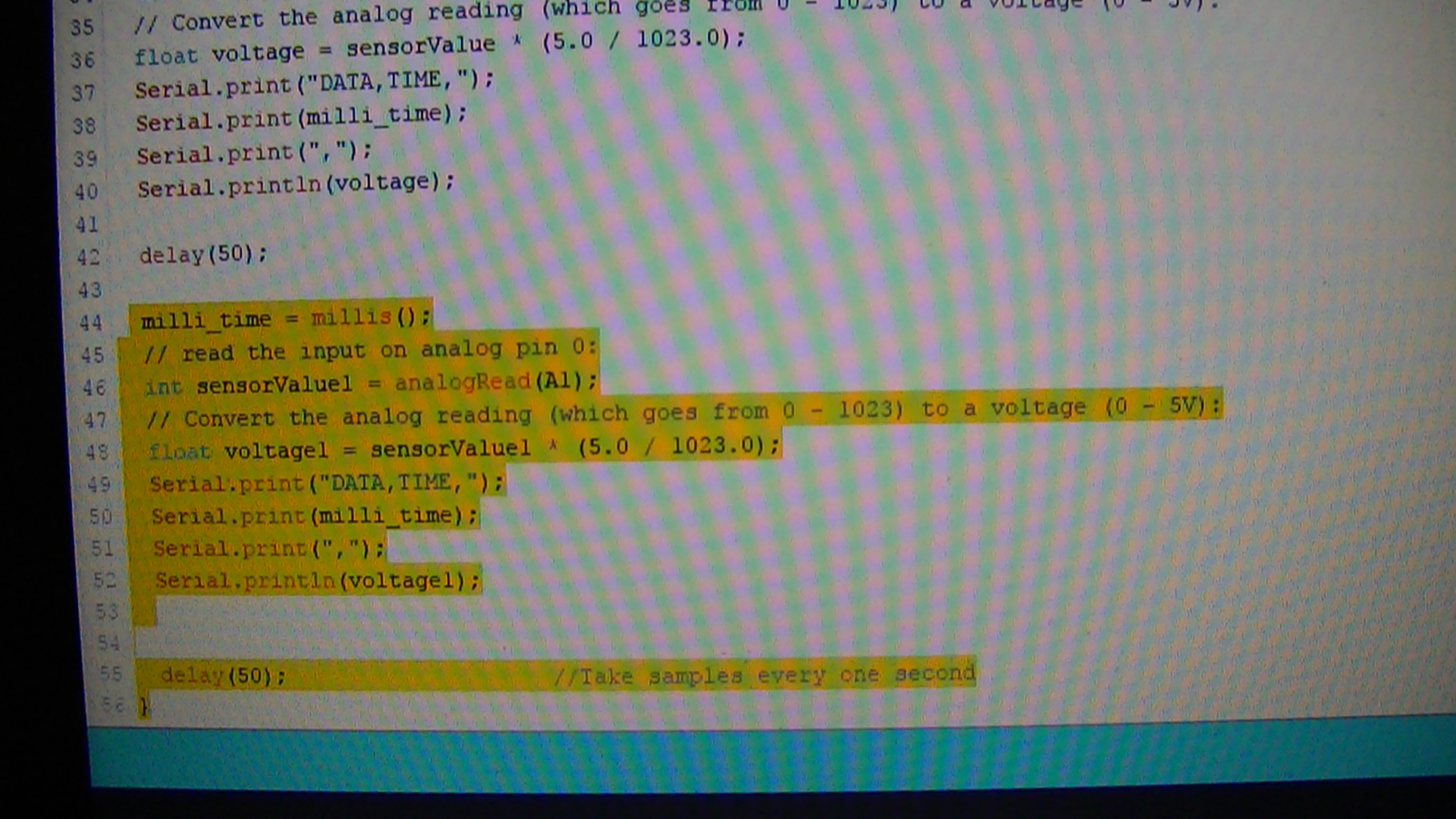This is my place to play...My own little private Idaho!
Here I'll introduce projects from the 80's and 90's mainly from the venerable vaults of the great Forrest M. Mims III, when I first started in electronics I bought all of his books, including his Engineer's mini notebooks, every month or when I feel like it, I'll build projects out of the very pages of these notebooks.
Interestingly enough, some of the components are obsolete now, but some can still be acquired as I still actually am in possession of those very same components from a bygone era :)
As are the notebooks...
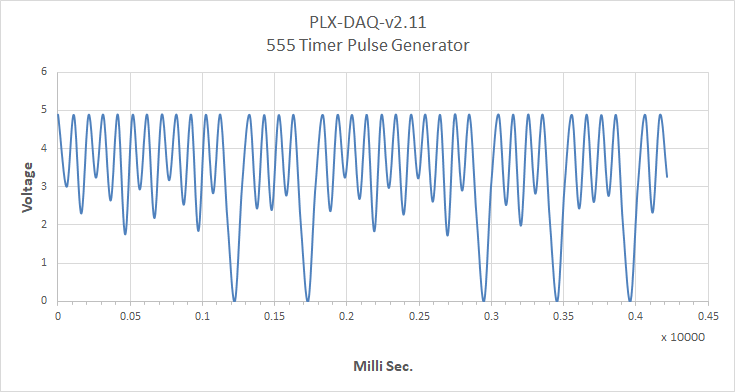
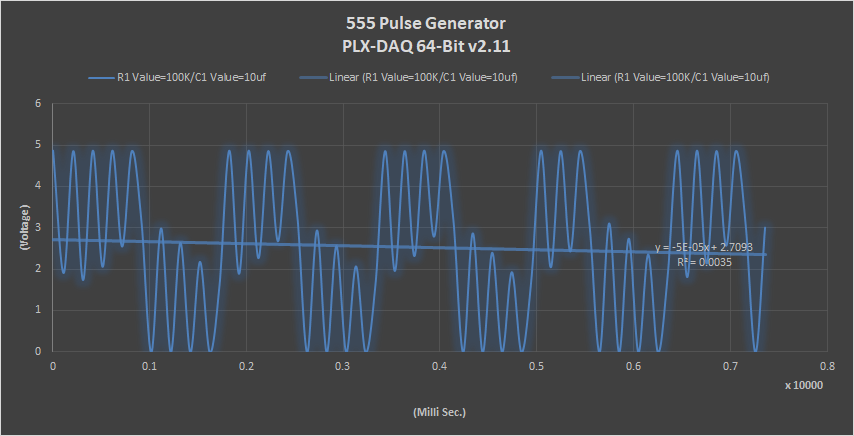
Schematics;
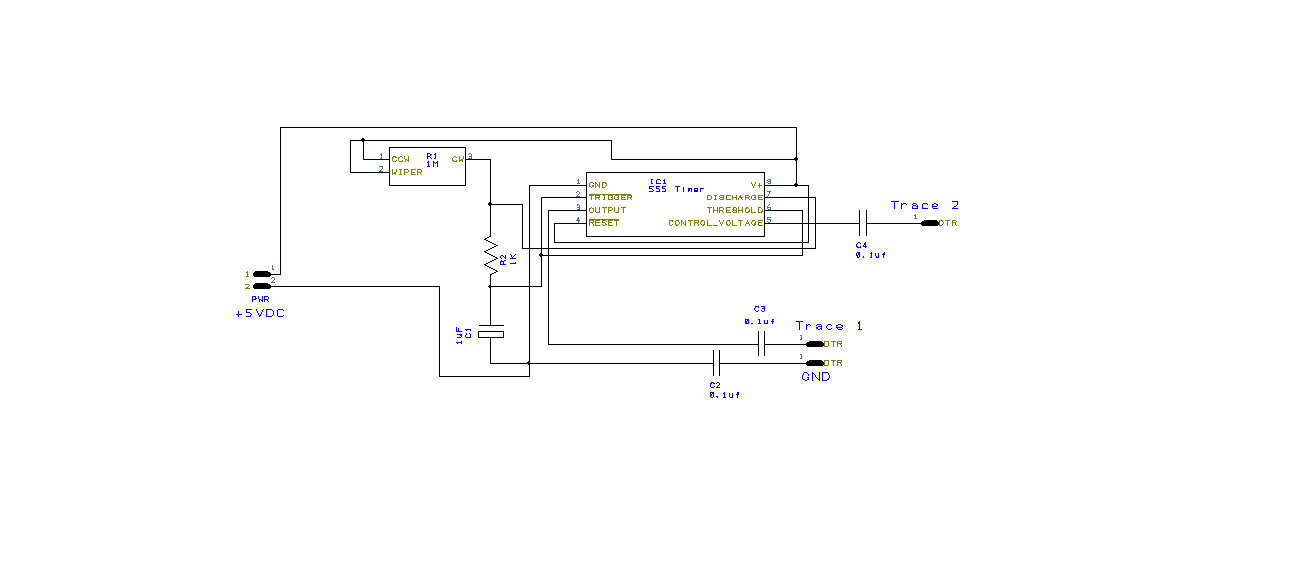
PCB design:
